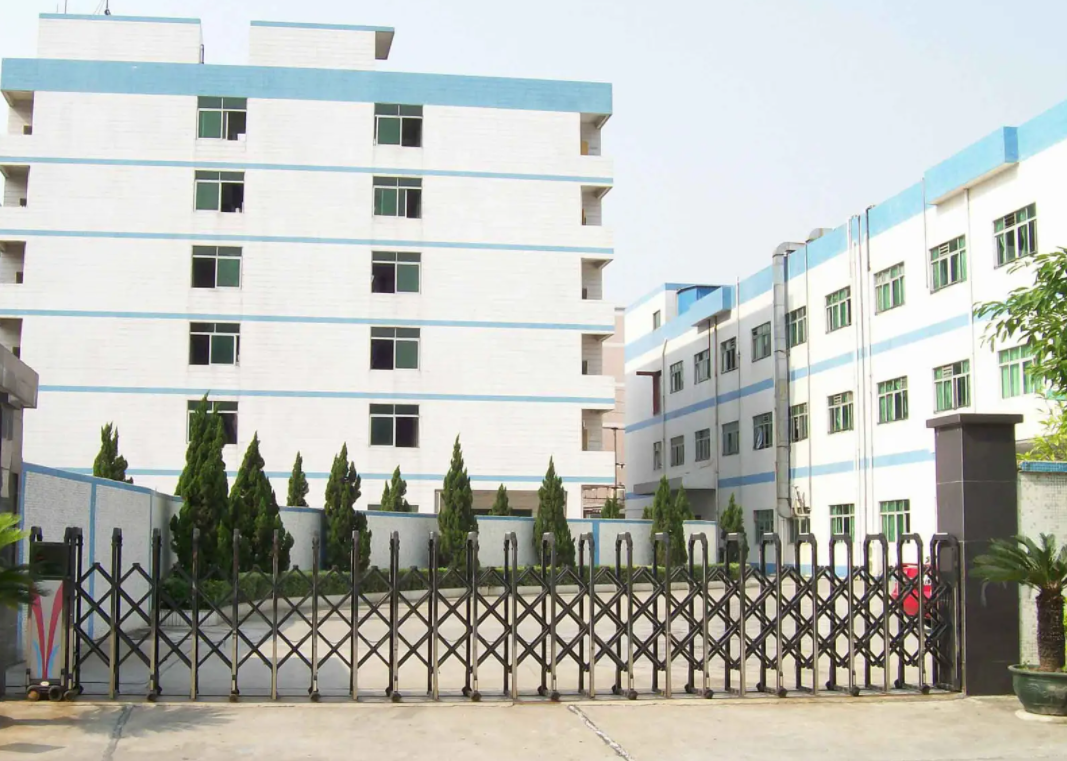
8 月 . 08, 2024 14:00 Back to list
Exploring Various Manufacturing Methods for Different Types of Titanium Dioxide in Industry
Types of Titanium Dioxide Factories An Overview
Titanium dioxide (TiO2) is a widely used white pigment and opacifier, prized for its excellent hiding power, brightness, and durability. Its applications span various industries, including paints, coatings, plastics, paper, and cosmetics. As demand for this versatile compound grows, so does the importance of understanding the different types of titanium dioxide factories and their production methods.
1. Types of Titanium Dioxide Production Processes
Titanium dioxide can be produced through two primary processes the sulfate process and the chlorination process. Each method has its distinct characteristics, advantages, and factory setups.
A. Sulfate Process
The sulfate process involves the treatment of titanium-bearing ores, such as ilmenite, with sulfuric acid. This method produces a synthetic rutile, which is then converted into TiO2. This production method typically takes place in large chemical processing plants equipped to handle corrosive materials and manage the by-products of the chemical reactions.
The sulfate process is favored for its ability to produce a variety of TiO2 grades, which are tailored for specific applications. However, this method generates significant waste products, including iron sulfate, requiring effective waste management systems in the factory to minimize environmental impact.
In contrast, the chlorination process involves converting titanium ores into titanium tetrachloride (TiCl4) using chlorine at high temperatures. The resultant TiCl4 is then oxidized to form titanium dioxide. Factories employing this method tend to be more capital-intensive due to the sophisticated technology and equipment required to handle the high temperatures and corrosive materials.
types of titanium dioxide factories

The chlorination process is known for producing a higher purity TiO2 with fewer impurities compared to the sulfate method. This purity level is especially important in applications demanding high-performance materials, such as advanced coatings and plastics. Additionally, chlorination produces fewer waste by-products, leading to a lesser environmental footprint.
2. Geographical Distribution of Factories
Titanium dioxide manufacturing facilities are strategically located around the world, often near sources of titanium ore or significant markets for the pigment. Major players in the TiO2 industry are concentrated in regions like North America, Europe, and Asia, where industry demand is high, and production technologies are advanced.
For instance, large factories in the United States and Europe often utilize modern environmental technologies to comply with stringent regulations, while facilities in emerging markets may focus on expanding production capabilities to meet growing local demand. Understanding the geographical distribution of these factories can provide insights into global supply chains and market dynamics in the titanium dioxide industry.
3. Sustainability and Innovation
As the world increasingly prioritizes sustainability, titanium dioxide factories face pressure to adopt greener practices. Innovations in TiO2 production, such as the development of more efficient processes and the implementation of waste recycling methods, are becoming commonplace. Additionally, the use of renewable energy sources in production processes is gaining traction as factories work to reduce their carbon footprints.
Moreover, the development of alternative materials for specific applications is prompting some factories to diversify their product offerings. Research into bio-based pigments and other environmentally friendly alternatives indicates a potential shift in the industry, responding to consumer demand for sustainable products.
Conclusion
Titanium dioxide factories play a crucial role in producing this essential compound for a myriad of applications. With distinct production methods and geographical locations, the industry continuously adapts to meet global demands while addressing sustainability challenges. Understanding the types of titanium dioxide factories, their processes, and their innovations provides a comprehensive view of the industry's future trajectory. The continuous evolution in production techniques and a commitment to sustainability will shape the landscape of titanium dioxide manufacturing for years to come.
-
Lithopone for Plastic & TiO2 R-5568/SK-6658 Masterbatch Solutions
NewsMay.30,2025
-
China Leading Rutile TiO2 Manufacturer - R5566 & R996 Grades Available
NewsMay.30,2025
-
High-Purity Anatase & Rutile TiO2 Powder Trusted Manufacturer
NewsMay.30,2025
-
High-Purity Anatase Products Trusted Supplier & Manufacturer
NewsMay.29,2025
-
Best Price Eco-Friendly Rutile TiO2 Supplier & Wholesale Factory
NewsMay.29,2025
-
Chinese Anatase Titanium Dioxide for Ceramic Glaze Reliable Supplier
NewsMay.29,2025
